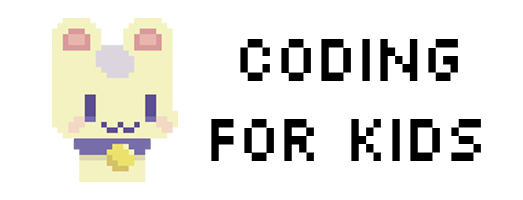
Get started learning Python with DataCamp's free Intro to Python tutorial. Learn Data Science by completing interactive coding challenges and watching videos by expert instructors. Start Now!
This site is generously supported by DataCamp. DataCamp offers online interactive Python Tutorials for Data Science. Join 11 million other learners and get started learning Python for data science today!
Good news! You can save 25% off your Datacamp annual subscription with the code LEARNPYTHON23ALE25 - Click here to redeem your discount
Hello, World!
Python is a very simple language, and has a very straightforward syntax. It encourages programmers to program without boilerplate (prepared) code. The simplest directive in Python is the "print" directive - it simply prints out a line (and also includes a newline, unlike in C).
There are two major Python versions, Python 2 and Python 3. Python 2 and 3 are quite different. This tutorial uses Python 3, because it more semantically correct and supports newer features.
For example, one difference between Python 2 and 3 is the print statement.
In Python 2, the "print" statement is not a function, and therefore it is
invoked without parentheses. However, in Python 3, it is a function, and must be invoked
with parentheses.
To print a string in Python 3, just write:
print("This line will be printed.")
Indentation
Python uses indentation for blocks, instead of curly braces. Both tabs and spaces are supported, but the standard indentation requires standard Python code to use four spaces. For example:
x = 1
if x == 1:
# indented four spaces
print("x is 1.")
Exercise
Use the "print" function to print the line "Hello, World!".
print("Goodbye, World!")
print("Hello, World!")
test_output_contains("Hello, World!")
success_msg('Great job!')
This site is generously supported by DataCamp. DataCamp offers online interactive Python Tutorials for Data Science. Join over a million other learners and get started learning Python for data science today!
 Next Tutorial
Take the Test
Next Tutorial
Take the Test


